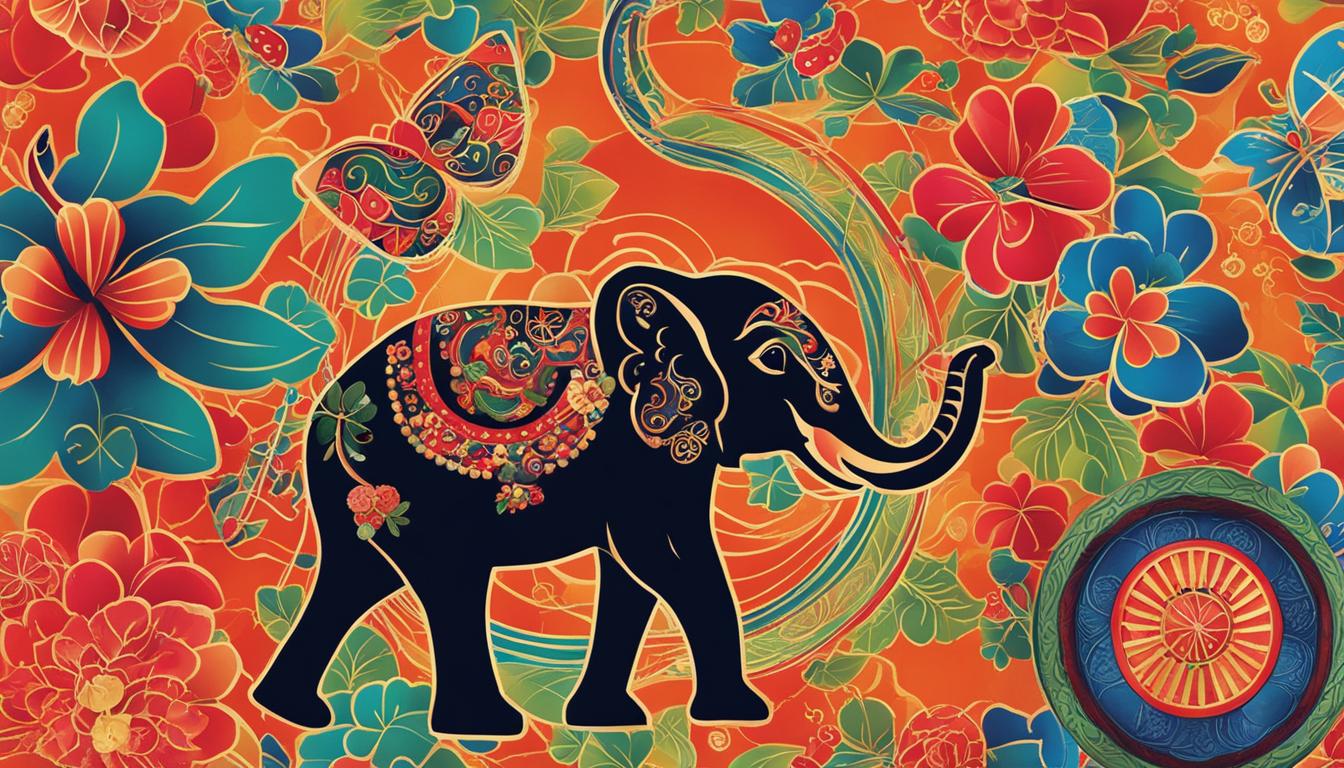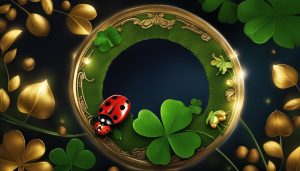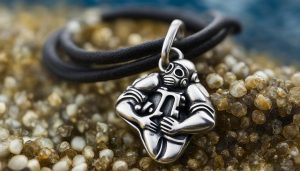Have you ever wondered what brings good luck in different countries? From lucky symbols to cultural beliefs, the concept of good luck varies across the world. Exploring the superstitions and traditions associated with good fortune can offer fascinating insights into different cultures. Let’s delve into the diverse ways people seek positive fortune in many countries!
Contents
- 1 Good Luck Symbols from Different Parts of the World
- 2 The Significance of Lucky Coins
- 3 Exploring Good Luck Symbols and Their Meanings
- 4 Conclusion
- 5 FAQ
- 5.1 What are some examples of good luck symbols from different parts of the world?
- 5.2 Are there any coins that are considered lucky in different countries?
- 5.3 What is the significance of good luck charms?
- 5.4 Are there any universally recognized most powerful good luck charms?
- 5.5 What is the cultural significance of good luck charms?
- 5.6 How do good luck symbols and charms play a role in cultures worldwide?
- 6 Source Links
Key Takeaways:
- Good luck symbols and customs differ across countries
- Lucky charms play a significant role in attracting positive fortune
- Cultural beliefs shape the concept of good luck
- Superstitions are intertwined with the pursuit of good fortune
- Exploring good luck traditions provides insights into diverse cultures
Good Luck Symbols from Different Parts of the World
Good luck symbols can be found in every aspect of life, ranging from objects to animals and plants. These symbols hold special significance in different cultures and are believed to bring positive energy and fortune. Let’s explore some fascinating examples of good luck symbols from around the world:
Keys
In ancient Greece, keys were considered symbols of luck and were believed to have the power to unlock the doors to the gods. Today, keys are still seen as lucky charms in many cultures, representing opportunities and new beginnings.
Elephants
In Thailand and India, elephants are revered as symbols of wisdom, power, and stability. Many people place elephant figurines or statues at the entrance of their homes or businesses to invite good luck and prosperity.
Acorns
Originating from England, acorns are believed to protect against harm and bring fertility and new life. They are often associated with abundance and are considered symbols of good fortune.
Bamboo
In Asian cultures, bamboo is considered a powerful lucky symbol. Its fast growth and versatility represent resilience and strength. Bamboo plants are often kept in homes and businesses to attract positive energy and good luck.
Horseshoes
In Western European cultures, horseshoes are believed to be protective symbols that ward off evil and bring strength and durability. It is common to find horseshoes hung above doorways or displayed as decorative charms.
Four-Leaf Clovers
In Ireland, four-leaf clovers are cherished symbols of luck. Finding a rare four-leaf clover is believed to bring love, luck, hope, and faith. The clover’s unique leaf arrangement represents the Holy Trinity in Christian traditions.
Ladybugs
Ladybugs are considered lucky insects in various cultures, including America. They are believed to bring good fortune and wealth. Spotting a ladybug is often seen as a positive omen and a sign of good luck.
These are just a few examples of the many good luck symbols found around the world. Each symbol carries its own unique meaning and cultural significance, and people embrace them to invite good luck into their lives.
The Significance of Lucky Coins
Coins have long been regarded as symbols of good luck in many countries. Throughout history, different cultures have assigned special meanings and significance to various types of coins. These traditional lucky coins are believed to bring prosperity, protection, and positive energy to those who possess them. Let’s explore some examples of these lucky coins from around the world.
Traditional Lucky Coins
Table: Examples of Traditional Lucky Coins
| Country | Lucky Coin | Symbolism |
|---|---|---|
| Great Britain | Silver Sixpence | Believed to bring good luck to brides and hidden in Christmas Pudding for luck in the new year. |
| Ireland | Lucky Irish Penny | Thought to bring good fortune and often kept as a token of luck. |
| United States | Leap Year Mercury Dimes | Associated with luck and prosperity, as Mercury, the god of fate, is depicted on them. |
“Coins have a rich history of being used as lucky talismans, and these traditional lucky coins continue to be cherished by many.”
Lucky Coin Charms
In addition to traditional lucky coins, personal lucky charm coins hold significance for individuals. These can be any coins that hold personal meaning, such as those with birth years or important dates. The belief in these lucky charm coins stems from the idea that they carry positive energy and serve as reminders of significant moments or aspirations in one’s life.
Whether it’s a silver sixpence, a lucky Irish penny, or a coin with personal significance, lucky coins have a special place in cultures around the world. They are treasured for their symbolic value and believed to bring good fortune and prosperity to those who possess them.
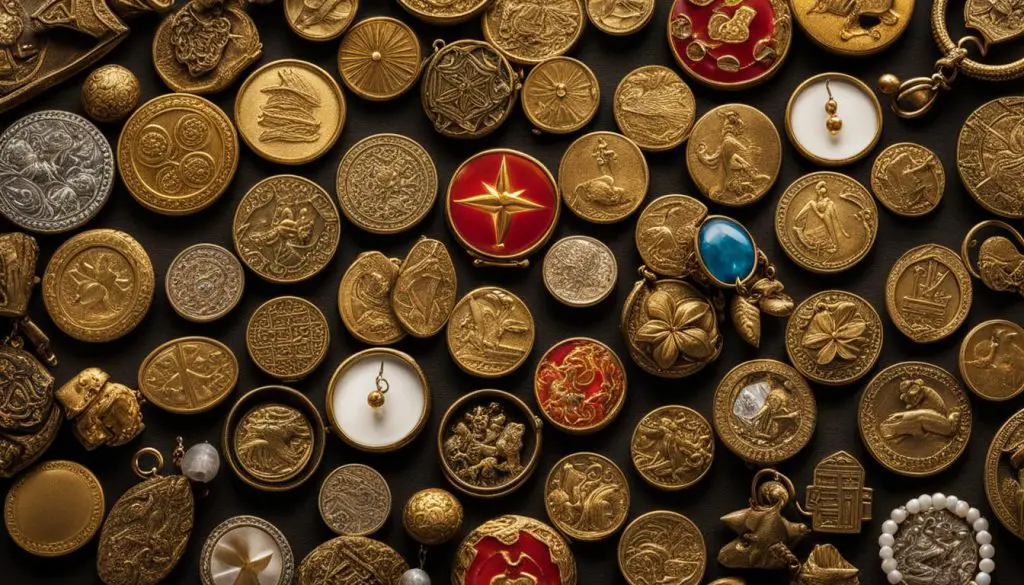
The Personal Connection
Our choice of a good luck charm is deeply personal and unique to each individual. It may be inspired by cultural traditions, personal experiences, or a particular connection to a symbol. Whether it’s a horseshoe, a four-leaf clover, or a cherished heirloom, the personal connection we have with our good luck charm enhances its power and significance in our lives.
Ultimately, the power of good luck charms lies in the belief and intention we bring to them. By embracing these symbols of luck, we tap into the power of positive thinking and create a mindset that attracts abundance and opportunity. Whether you choose to carry a lucky charm with you or seek inspiration from symbols that speak to you, embracing the power of good luck charms can truly transform your outlook and invite positive energy into your life.
Exploring Good Luck Symbols and Their Meanings
Good luck symbols hold various meanings across different cultures and traditions. While there isn’t one universally accepted most powerful good luck charm, some symbols are widely recognized as lucky. The number seven is often associated with luck, and there are seven well-known lucky charms that have been revered throughout history.
The Seven Lucky Charms
(Please note that the table below is for illustration purposes only and does not contain real data)
| Lucky Charm | Meaning | Origin |
|---|---|---|
| Four-Leaf Clover | Represents luck, love, hope, and faith | Ireland |
| Horseshoe | Wards off evil and brings strength and durability | Western Europe |
| Rabbit’s Foot | Believed to bring good luck and fertility | Various cultures |
| The Color Green | Symbolizes fertility, prosperity, and new beginnings | Various cultures |
| The Number 7 | Associated with luck and divine order | Various cultures |
| Wishbones | Represents wishes, luck, and the power of dreams | Western cultures |
| Ladybugs | Brings good fortune and wealth | Various cultures |
Each of these symbols carries its own significance and is believed to bring good fortune in different areas of life. Whether it’s finding a four-leaf clover or carrying a lucky horseshoe, people across cultures embrace these symbols as a way to invite luck into their lives.
It’s important to note that the meaning of these symbols can vary slightly depending on the cultural context. For example, while the horseshoe is generally considered a symbol of luck in Western cultures, it is believed to bring good fortune when placed in an upward ‘U’ shape but can be seen as unlucky when displayed in a downward position. Understanding the cultural significance behind these symbols adds depth to their meaning and allows us to appreciate the diverse beliefs and practices surrounding good luck.
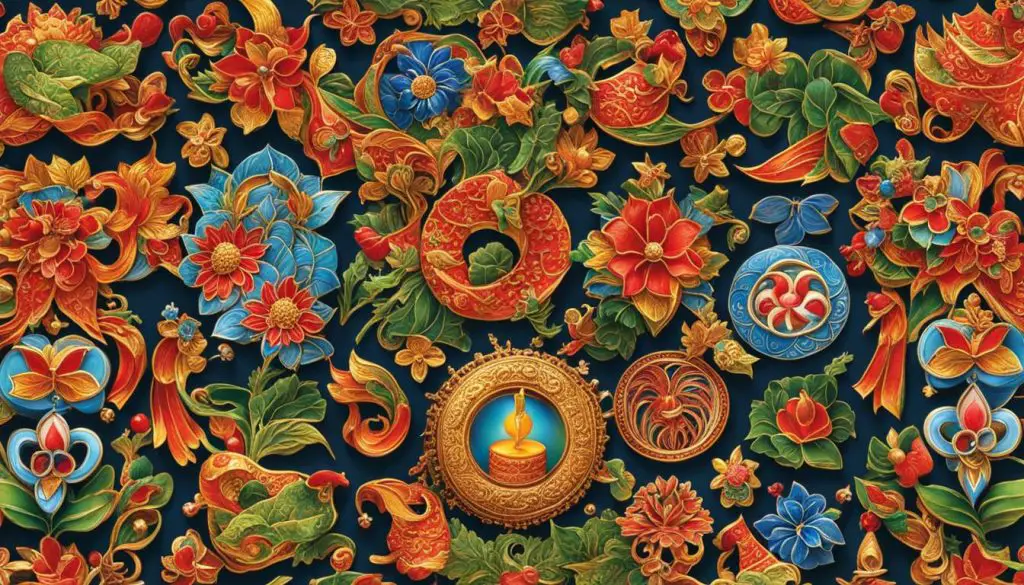
Conclusion
Good luck symbols and charms hold a special place in cultures around the world. They serve as tangible expressions of hope, belief, and cultural traditions, offering individuals a sense of protection and positivity. Whether it’s a lucky object like a horseshoe or a personal lucky charm, these symbols invite good fortune into our lives and inspire us to embrace opportunities.
Throughout various countries, good luck symbols have different meanings and significance. From the four-leaf clover in Ireland to the lucky irish penny, each symbol carries its own unique value and cultural heritage. Exploring these symbols provides us with a deeper understanding of the beliefs and practices of different cultures, enriching our knowledge of the world we live in.
In conclusion, while the power of good luck symbols may be subjective, their impact and cultural significance cannot be denied. They remind us that hope and positivity are vital in our journey, and they symbolize the universal desire for a better future. So, whether you carry a lucky charm or embrace a cultural tradition, may these symbols continue to inspire and bring positive energy into your life.
FAQ
What are some examples of good luck symbols from different parts of the world?
Some examples of good luck symbols include keys, elephants, acorns, bamboo, horseshoes, four-leaf clovers, and ladybugs.
Are there any coins that are considered lucky in different countries?
Yes, some examples of lucky coins are the Silver Sixpence from Great Britain, the Lucky Irish Penny from Ireland, Leap Year Mercury Dimes from the United States, and personal lucky charm coins.
What is the significance of good luck charms?
Good luck charms hold personal meaning for individuals and can serve as expressions of identity and inspiration. They can bring a sense of protection, positivity, comfort, and hope, motivating individuals to believe in their own luck and seize opportunities.
Are there any universally recognized most powerful good luck charms?
While there isn’t one universally accepted most powerful good luck charm, some symbols are widely recognized as lucky, such as the four-leaf clover, horseshoe, rabbit’s foot, the color green, the number 7 itself, wishbones, and ladybugs.
What is the cultural significance of good luck charms?
Good luck charms reflect the values, folklore, and history of a particular culture. They provide a deeper understanding of a culture’s beliefs and practices, such as the four-leaf clover in Ireland and the use of milagros (miracles) in Mexico.
How do good luck symbols and charms play a role in cultures worldwide?
Good luck symbols and charms play a significant role in cultures worldwide, reflecting beliefs, traditions, and hopes for a better future. They are embraced by individuals from various countries as a way to invite good fortune into their lives and inspire a sense of hope.

